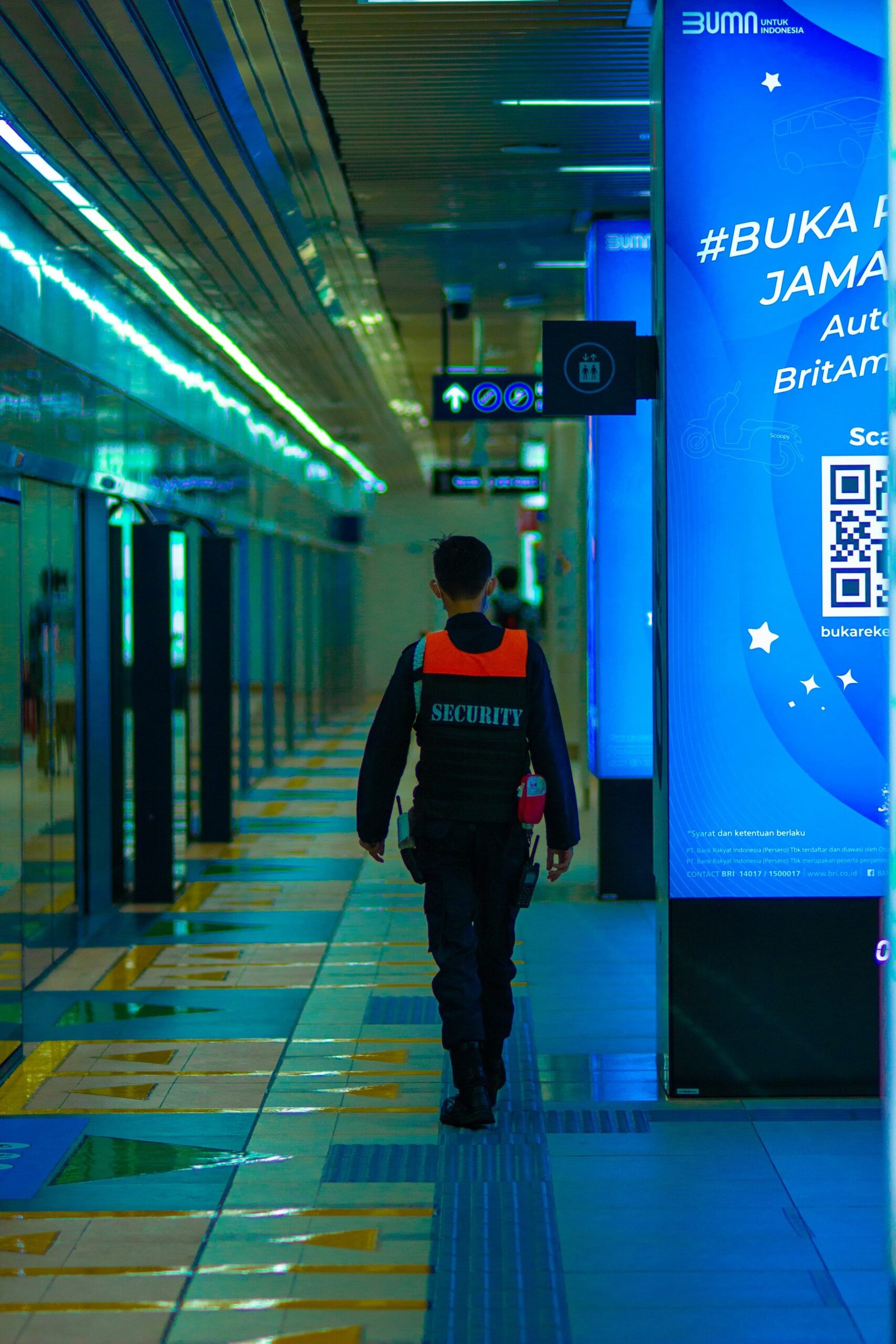Understanding Homeland Security Technology
Homeland security technology encompasses a diverse array of tools and systems employed by governmental and security organizations to safeguard public safety and national security. These technologies play a critical role in monitoring and responding to potential threats, ensuring the safety of citizens and infrastructure. Among the most widely recognized components of homeland security technology are surveillance systems, which include closed-circuit television (CCTV), remote sensors, and drones. These systems enable real-time monitoring of public spaces and critical infrastructure, allowing for timely response to incidents.
Another significant category of homeland security technology is biometric identification, which leverages unique biological traits for secure identification and verification of individuals. Biometric systems, such as fingerprint scanners, facial recognition software, and iris scanners, are utilized at borders and secure locations to enhance security measures and prevent unauthorized access. This technology not only aids in identifying potential threats but also streamlines the verification process at airports and other high-traffic areas, thereby improving the efficiency of security protocols.
Cybersecurity measures are equally essential within the realm of homeland security technology. As threats evolve in the digital domain, protecting vital information and infrastructure from cyberattacks becomes crucial. This category includes firewalls, intrusion detection systems, and encryption protocols that safeguard sensitive data critical to national security operations.
Border security enhancements provide another layer of protection, integrating various technologies such as biometric entry/exit systems, advanced screening technologies, and automated license plate recognition. These improvements aim to secure entry points, ensuring that individuals and goods crossing borders are properly vetted. Collectively, these homeland security technologies contribute to a comprehensive framework designed to mitigate risks and enhance safety for all citizens.
Survey Methodology and Demographics
The insights regarding public perception of homeland security technology were derived from a comprehensive survey designed to reflect diverse viewpoints across various segments of the population. The survey employed a stratified sampling technique, which ensured that the sample adequately represented different demographic groups such as age, gender, geographic location, and socio-economic status. By segmenting the population into distinct strata, researchers aimed to minimize bias and enhance the reliability of the data collected.
The survey was distributed through multiple channels, including online platforms, telephone interviews, and face-to-face interactions in public spaces. This multi-modal approach was adopted to reach a wider audience and capture a more representative sample. The online questionnaire was accessible on various social media platforms and community forums, facilitating participation from a broad array of individuals. Telephone interviews ensured engagement from demographics that may have limited internet access, while in-person surveys allowed researchers to connect directly with diverse community members.
In terms of demographics, the survey consisted of participants ranging from 18 to 65 years of age, with an even distribution of genders to maintain equitable representation. Geographic diversity was achieved through localized outreach to urban, suburban, and rural communities across different regions of the country. Socio-economic status was assessed via income brackets, education levels, and employment status, providing a comprehensive picture of the societal cross-section involved in the study.
This methodological framework allows for a robust analysis of the survey findings by ensuring that the sample reflects the broader population’s views on homeland security technology. By considering factors such as age, gender, and socio-economic status, the data offers valuable insights that underscore the variations in perception among different segments of the population. The varied opinions captured through this survey will contribute significantly to understanding public sentiment regarding homeland security technology.
Key Findings and Public Sentiments
Recent surveys on public perception of homeland security technology reveal a diverse landscape of opinions, reflecting both support and skepticism across various segments of society. A significant portion of respondents exhibited a favorable attitude toward the overall implementation of security technologies, with approval ratings ranging from moderate to high. This support is often rooted in the belief that such innovations will enhance national safety and reduce crime rates.
However, the surveys also uncovered substantial concerns regarding privacy implications associated with these technologies. Many individuals expressed apprehension about the potential for surveillance overreach, particularly in relation to facial recognition systems. The sentiment of distrust appears heightened among certain demographic groups, such as younger adults and privacy advocates, who are more inclined to question the necessity and ethical implications of constant monitoring.
Effectiveness perceptions vary significantly as well. While two-thirds of participants acknowledged that homeland security technology could play a crucial role in thwarting potential threats, there remains a palpable skepticism about its actual efficacy in practice. This dichotomy suggests that while the public recognizes the potential benefits of technology, they also require tangible evidence of success to fully embrace its use.
Interestingly, acceptance of specific technologies diverges further based on demographic factors. For instance, older individuals tend to show greater support for traditional security measures, while younger generations demonstrate a higher willingness to adopt advanced technologies such as drones for surveillance purposes. Such differences indicate a generational gap in how security technologies are perceived and their implications for privacy and safety.
These findings paint a complex picture of public sentiment toward homeland security technology, highlighting the necessity for ongoing dialogue between policymakers, technology developers, and the communities affected. Only through understanding these nuances can a more effective and accepted approach to homeland security be developed.
Implications for Policy and Future Technologies
The insights gathered from recent surveys on public perception of homeland security technology reveal significant implications for both policymakers and developers in the field. Understanding the sentiments expressed by the public is crucial as it can directly influence the adoption and implementation of emerging technologies within the realm of homeland security. A proactive approach that considers public opinion can lead to more effective and widely accepted security measures.
The relationship between public willingness to accept new technologies and their perceived effectiveness cannot be understated. Survey data indicates that concerns regarding privacy, civil liberties, and transparency often impede the acceptance of certain technologies. Lawmakers must prioritize these issues by ensuring that policies reflect a balance between safety and individual rights. It is essential to communicate transparently about the purpose and functionality of new technologies, allowing citizens to feel informed and engaged in discussions about their use.
Moreover, the surveys highlighted potential areas for improvement in the realm of public communication. Policymakers and developers must work collaboratively to foster an environment of trust, where the public feels their concerns are acknowledged and addressed. By developing platforms for dialogue, officials can better understand the community’s perspectives, paving the way for the deployment of technologies that are not only effective but also socially acceptable.
In considering future innovations, a careful examination of these findings can guide the development process. Technologies that prioritize not only security but also privacy and civil liberties are more likely to gain public support. Emphasizing ethical considerations in the design of homeland security technologies can ultimately shape a future where public trust is maintained and enhanced alongside advancements in security measures. Through an integrated approach that values public input, the effectiveness and acceptance of homeland security technology can significantly improve.









